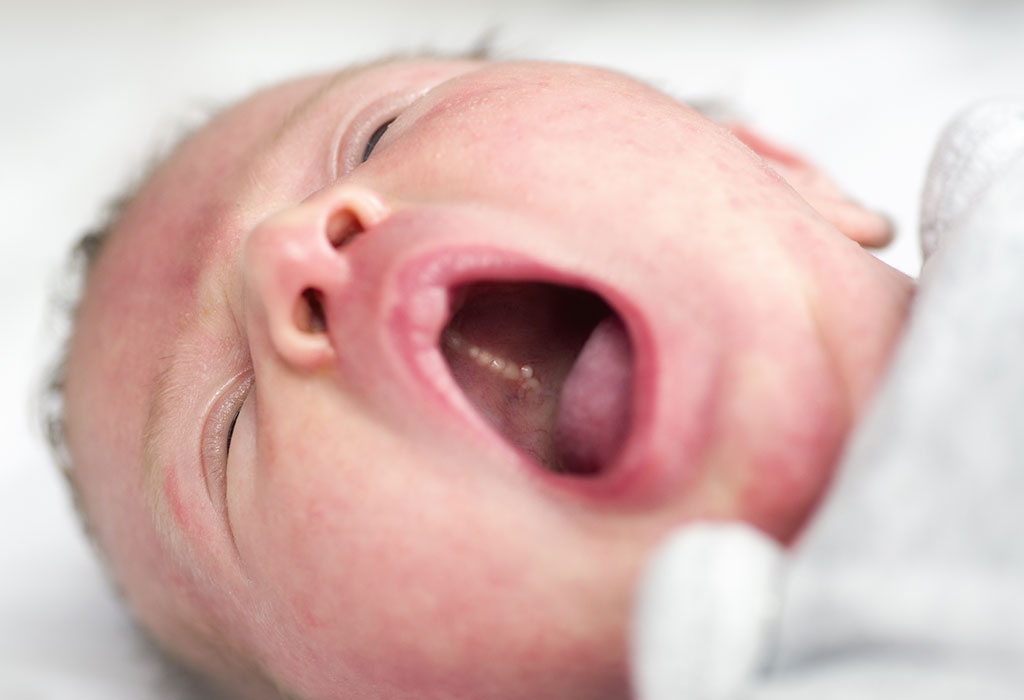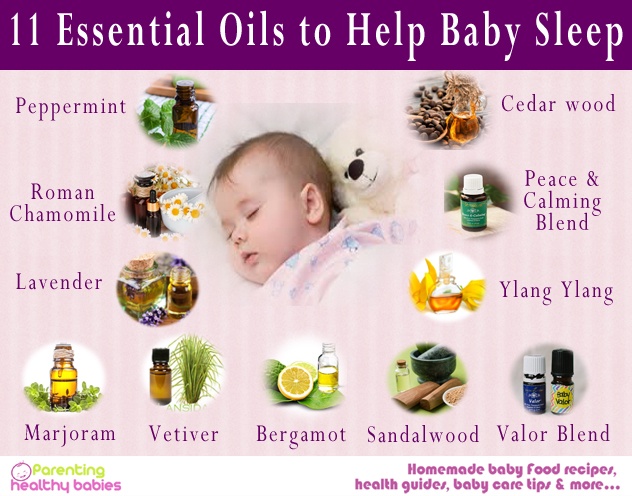Pregnancy brings joy and excitement to the couple. At the end of the third trimester of pregnancy, the baby is about to arrive, and as a parent one will be very happy. But in some cases, this happiness turns into a matter of concern when small round cysts are observed over the baby’s tongue. These tiny cysts are referred to as Epstein Pearls and are noted as normal findings during the baby’s development. They are bumpy, found along the gum line or upper part of the mouth. They cause no harm.
What are Epstein Pearls?
Epstein Pearls are characterized as small white bumps over the roof of the mouth. It is usually seen in newborns in their early months of growth. They were first observed in the 1880s and almost 85% of newborns had Epstein Pearls. The normal size of a bump ranges from one to three millimeters and is found nearby the gums. Moreover, these are benign. Epstein Pearls are seen in newborns with the following conditions :
- If the baby is overweight (weighs more than expected birth weight)
- If the baby is born post expected delivery date
- If a baby is born to an elderly woman.
How Are Epstein Pearls formed?
Epstein Pearls are seen in the initial weeks of a newborn baby’s development. In the case of jaw and palate fusion, the skin gets trapped and filled with keratine (skin protein) along with mucosal cysts. These are also known as palatal cysts, gingival cysts, or dental lamina cysts. These cysts break easily when babies rub teething toys against them. Through breastfeeding, or bottle-feeding the cysts dissolve naturally.
In case, if parents suspect these bumps not to be Epstein Pearls then they should consult a pediatrician. Medical diagnosis is a must where the gums start bleeding and cause immense pain to the baby. Treatment is not required usually, although if the baby refuses to feed on the bottle or breast milk then a hospital visit is a must.
Signs of Epstein Pearls
As such no signs or specific symptoms are noticed in babies with Epstein Pearls. The only characteristic feature of these is their bump which is often as small as one-tenth of an inch and can sometimes appear similar to natal teeth. They are harmless and no discomfort is seen in babies until and unless these interfere with their feeding.
Often many people confuse Epstein Pearls with milia (keratin-filled bumps). The basic difference is their site of occurrence. Epstein Pearls are found on the roof of the mouth while milia can be seen anywhere over the skin.
Causes of Epstein Pearls
Epstein Pearls are very common and have no relation to anything that a woman does during her pregnancy. Moreover, Epstein Pearls are not considered a sign that there is something wrong with the baby. Epstein Pearls cannot be prevented. These are not seen in adults or older children as it is related to fetal development.
Diagnosis of Epstein Pearls
Examining Epstein Pearls require no special diagnosis test. A doctor can easily spot them by physical examination. The doctor may notice it while looking for protruding teeth. The differential diagnosis for Epstein Pearls is Milia which can be differentiated based on their locations.
Is The Treatment Required?
Since Epstein Pearls cause no harm and resolve by themselves no treatment is necessary. With time, in a matter of weeks, these cysts rupture and go away on their own. Some cysts may shrink instead of rupturing. In case, the baby refuses to feed and has severe pain, pediatric consultation is a must.
When Do Epstein Pearls Go Away?
Epstein Pearls take only a few weeks to disappear. In the case of small bumps, a few days are enough to resolve. Boys and girls are equally affected.
When to Consult A Doctor?
Parents should consult a doctor in the following conditions which resemble Epstein Pearls :
Oral Thrush
It is a fungal infection of the oral cavity characterized by white spots. Babies get infected with Candida yeast. The white spots can be accompanied by white patches found over the tongue as well as inside cheeks causing difficulty for babies to feed. Antifungal medications are used to treat.
Natal Teeth
It is a rare condition where the baby is born with one or more teeth inside the mouth. This condition should be discussed between parents and the doctor as they can interfere with feeding.
Hand, foot, and mouth disease
In children below 5 years of age, a viral infection is responsible to cause hand, foot, and mouth disease. This also resolves on its own like Epstein Pearls. Symptoms observed are sores in the mouth and tiny red spots can be detected at the back of the mouth. It is a very painful condition.
Fussiness
Sometimes a baby may appear fussy and have trouble during feeding. It is advised to visit the pediatrician.
Conclusion
Epstein Pearls’ appearance can make parents curious and worried but they are harmless. They resolve on their own within a few weeks after birth. They cause no pain and if they do, it is better to consult a doctor.













